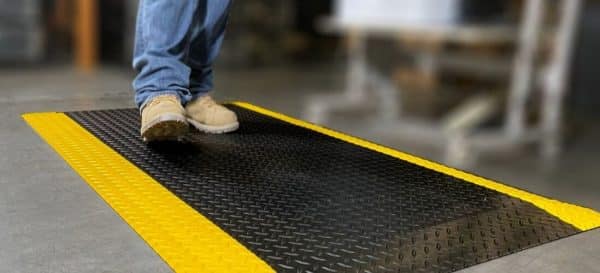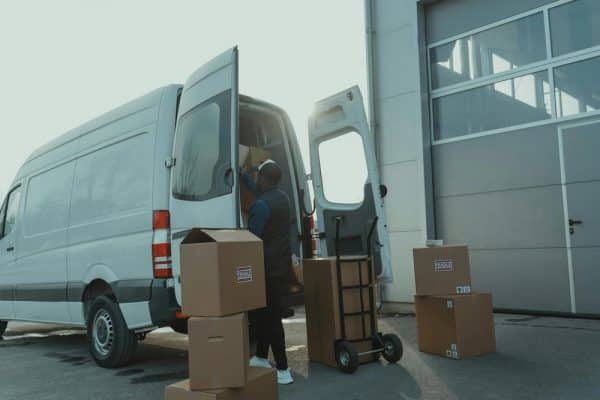
Imagine walking into your home to find tranquility instead of chaos. It’s not just wishful thinking – it’s time to make it happen! Welcome to our guide on decluttering your home, where we’re not just tidying up, but revolutionizing your space into a serene retreat. From addressing clutter zones to embracing simplicity, get set for an exciting journey that promises rejuvenation and motivation. So, don your decluttering gear and prepare to craft a haven where peace and happiness reign – your clutter-free adventure begins here!
3 Reasons to Declutter your home
Before decluttering your house, you should learn why it is important and what are its benefits. Following are the three main reasons to declutter your house.
1. Achieve Minimalism and Serenity
As time goes by, the number of possessions we accumulate tends to increase, making it difficult to distinguish between what’s truly important and what’s not. This growing collection can lead to challenges in achieving minimalism and tranquility in our lives. Throughout life’s journey, we gather various items – be they sentimental keepsakes, practical essentials, or impulsive purchases. However, without careful management, this influx of belongings can quickly overwhelm us, cluttering both our physical spaces and mental well-being. To attain minimalism and peace amid this abundance, it’s essential to practice mindfulness and discernment in our consumption habits.
2. Save Time and Efforts
Decluttering conserves time and effort by cutting down on the search for lost belongings, simplifying daily tasks, and decreasing the duration spent on cleaning and organizing. A clutter-free space facilitates smoother operations, enabling enhanced concentration and productivity throughout the day. In essence, decluttering liberates valuable time and energy, allowing for the pursuit of activities that bring satisfaction and contentment.
3. Achieve Discipline and Organization
Decluttering your home cultivates discipline and organization by fostering habits of cleanliness and structure. Through systematically evaluating and removing unnecessary items, you develop a keen sense of order and prioritize what truly matters. This process promotes consistency in upholding a clutter-free space, reinforcing discipline in decision-making and organization. With each decluttering session, you hone your ability to establish and sustain a well-organized environment, enhancing control and empowerment over your living space. Ultimately, by instilling discipline and organization through decluttering, you establish a balanced home atmosphere conducive to productivity, concentration, and tranquility.
Now that you know why decluttering your home is necessary, let’s dive into the real deal—tips to declutter your house.
Getting Started
Before you start, you need to get yourself ready and follow the procedure given below.
Defining Objectives
Outline clear and attainable goals for your decluttering process, whether it’s reclaiming space in a specific room or organizing your home office.
Crafting a Plan
Develop a structured strategy to sort through belongings, determine what to keep, donate, or discard, and organize each area systematically.
Setting Realistic Deadlines
Break down tasks into manageable steps with achievable timelines to maintain steady progress and prevent overwhelm throughout the decluttering journey.
Effective Decluttering Techniques
The KonMari Approach
Adopt Marie Kondo’s method, prioritizing items that bring joy and discarding those no longer needed, resulting in a space filled with happiness and devoid of clutter.
Room-by-Room Strategy
Take on decluttering one area at a time, ensuring thorough organization and preventing overwhelm by breaking the task into smaller, manageable sections.
Sorting Techniques (Keep, Donate, Discard)
Utilize efficient sorting methods by categorizing belongings into keep, donate, or discard categories, facilitating decision-making and simplifying the decluttering process.
Managing Sentimental Items
Navigate the emotional aspect of decluttering by preserving cherished memories while efficiently decluttering sentimental items, striking a balance between sentimentality and practicality to achieve a clutter-free environment.
Practical Tips to Declutter your Home
Utilizing storage solutions
Maximize space by utilizing storage solutions like shelves, bins, and organizers. Vertical storage options such as wall-mounted shelves or over-the-door organizers can optimize space usage, while transparent containers or labeled bins facilitate easy item retrieval and prevent clutter buildup.
Implementing a one-in-one-out rule
Maintain equilibrium with the “one-in-one-out” principle, where each new item introduced prompts the donation or disposal of one existing item. This approach encourages mindful consumption, curbs unnecessary accumulation, and keeps belongings in line with available space.
Setting up designated decluttering zones
Establish dedicated decluttering areas in your home, whether it’s a specific corner or scheduled decluttering days. These designated spaces foster focus and motivation, enabling efficient sorting and decision-making to uphold an organized environment.
Strategies for maintaining organization
Employ tactics to sustain organization, such as implementing daily tidying routines, assigning designated spots for belongings, and conducting periodic decluttering sessions. Consistent habits like promptly sorting mail and curbing impulse purchases deter clutter resurgence, ensuring continued success in maintaining a clutter-free home.
Decluttering Your Digital Space
Organize your digital files and documents systematically, creating folders with clear labels and regularly purging outdated or unnecessary items to maintain a clutter-free and easily navigable digital environment.
Manage email overload by employing filters to categorize incoming messages, unsubscribing from irrelevant newsletters or promotional emails, and routinely archiving or deleting old emails. These measures will help you maintain an orderly inbox and prevent it from being inundated with unnecessary correspondence.
Simplify your digital subscriptions and notifications by evaluating their relevance and opting out of or disabling notifications for those that no longer add value. This approach reduces digital distractions and ensures that you receive only pertinent updates and alerts.
Sustainable Decluttering Approaches
If you have an extra bit of clothes, shoes or any articles, use sustainable decluttering techniques.
- Consider donation and recycling options to ethically discard unwanted items, minimizing environmental impact and contributing to charitable initiatives.
- Embrace upcycling and repurposing as innovative methods to transform old belongings into new, reducing the demand for new goods and diverting materials from landfills.
- Promote sustainability by curbing consumption and waste, making conscientious choices when purchasing and prioritizing durability to lessen ecological footprints.
Celebrating Achievements and Preserving Momentum
Acknowledge milestones attained throughout decluttering, appreciating the strides made toward a tidier space.Formulate regular practices for continual upkeep, preventing clutter from reappearing and sustaining the benefits of decluttering.Revel in the contentment of living clutter-free, deriving happiness from the ease and orderliness of an organized life.
Conclusion
In summary, the process of decluttering extends beyond mere tidying; it encompasses mental clarity and emotional balance. By integrating practical decluttering techniques, organizing digital realms, and embracing sustainable habits, individuals can craft environments fostering productivity, tranquility, and eco-consciousness. It’s essential to acknowledge achievements, sustain momentum, and cherish the serenity of clutter-free living. Through persistent dedication to decluttering, one can cultivate spaces that spark creativity, foster peace, and enrich overall well-being.








